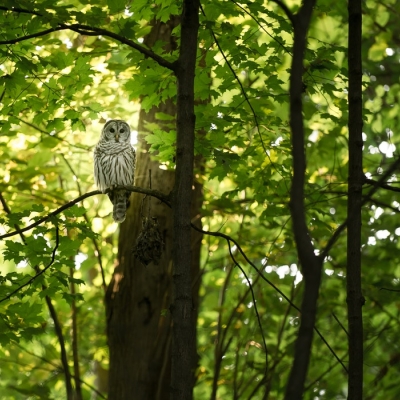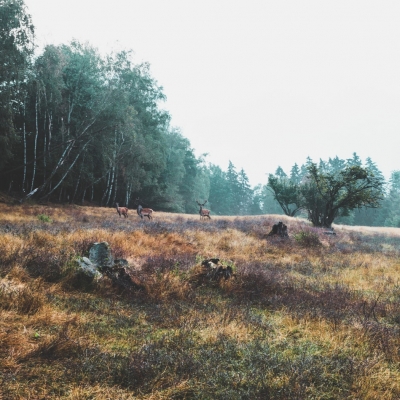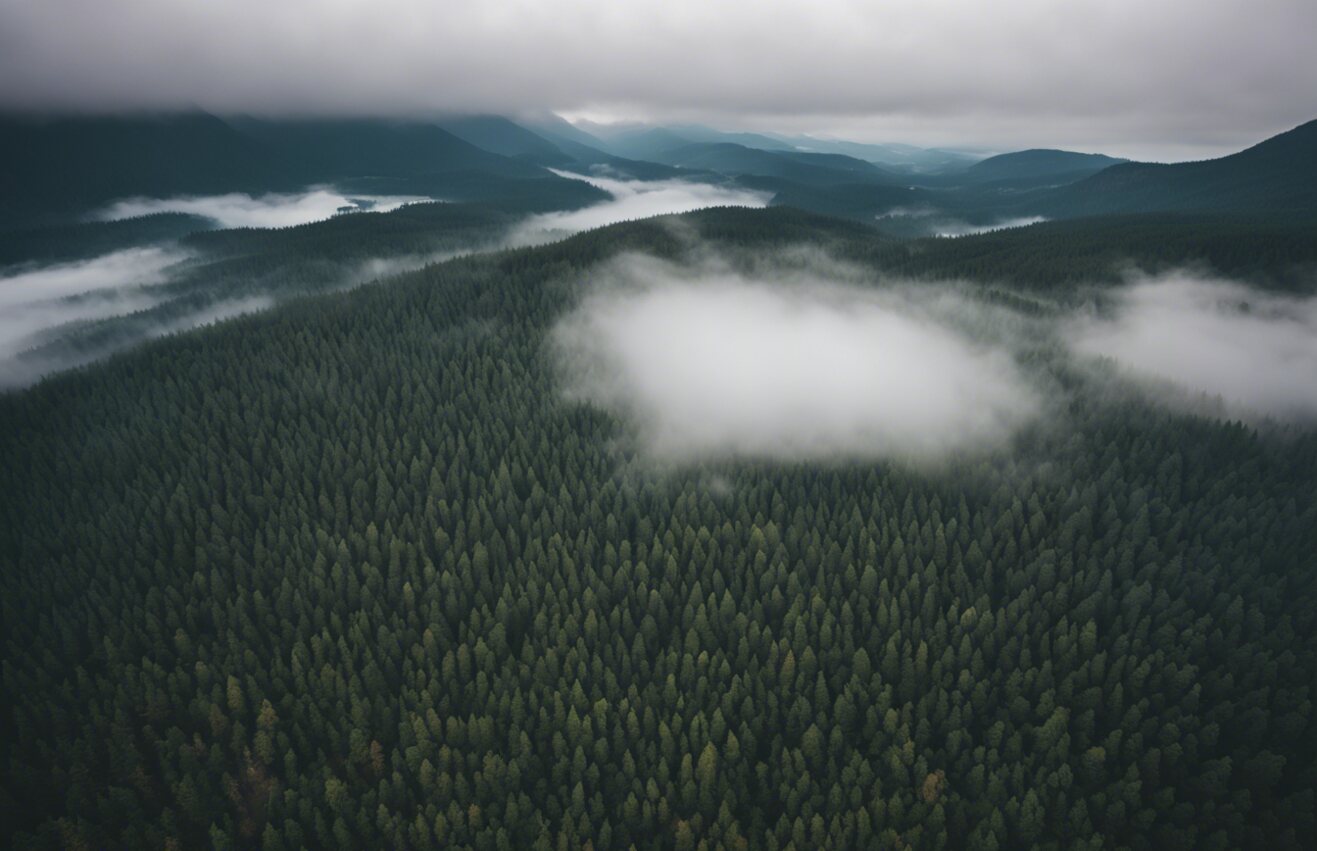
For my contribution to the long-dormant Glorious Forest it seemed like an interesting topic to me to briefly examine something that is very important to me. You ask what that is. Ecology of trees. Thus let us now to investigate the fascinating field of sustainable forestry techniques. It's true that the health of our planet depends on this fascinating topic, forest ecology.
What then is sustainable forestry precisely? The key is to manage our forests such that current needs are satisfied without jeopardizing the capacity of future generations to satisfy their own. Said another way, it's similar to striking the ideal mix between using forest resources and making sure our children and grandchildren will be able to enjoy them as well.
The concept of sustainability has always appealed to me, particularly with reference to our surroundings. I just find it so logical to preserve our forests while yet enjoying their advantages.
And I firmly believe that ethical forest management is a workable approach that eventually will help both people and the environment. It goes beyond a theoretical notion.
In discussing sustainable forestry techniques, we mean methods for ethical timber harvesting, biodiversity promotion, water resource conservation, and wildlife habitat protection. Making sure the forest flourishes rather than merely survives is like to being a guardian.
Adopting sustainable methods might really make you stand out whether you're thinking about a career in forestry or are one already. Businesses and organizations are appreciating experts more and more who can apply environmentally friendly techniques in their work and who recognize the value of sustainability.
One piece of guidance I would give to anybody looking into environmentally conscious forest management is to never stop learning. Go to seminars, earn certifications in green forestry techniques, and keep up with the newest developments in sustainability. Trust me, this commitment will help our world in addition to your career.
Not just a catchphrase, sustainable forestry is a shift in perspective toward the wise use of our few natural resources. By making the right decision now, we can be sure that future generations will be fascinated by our forests. Thus, let us put on our work gloves and transform one tree at a time!
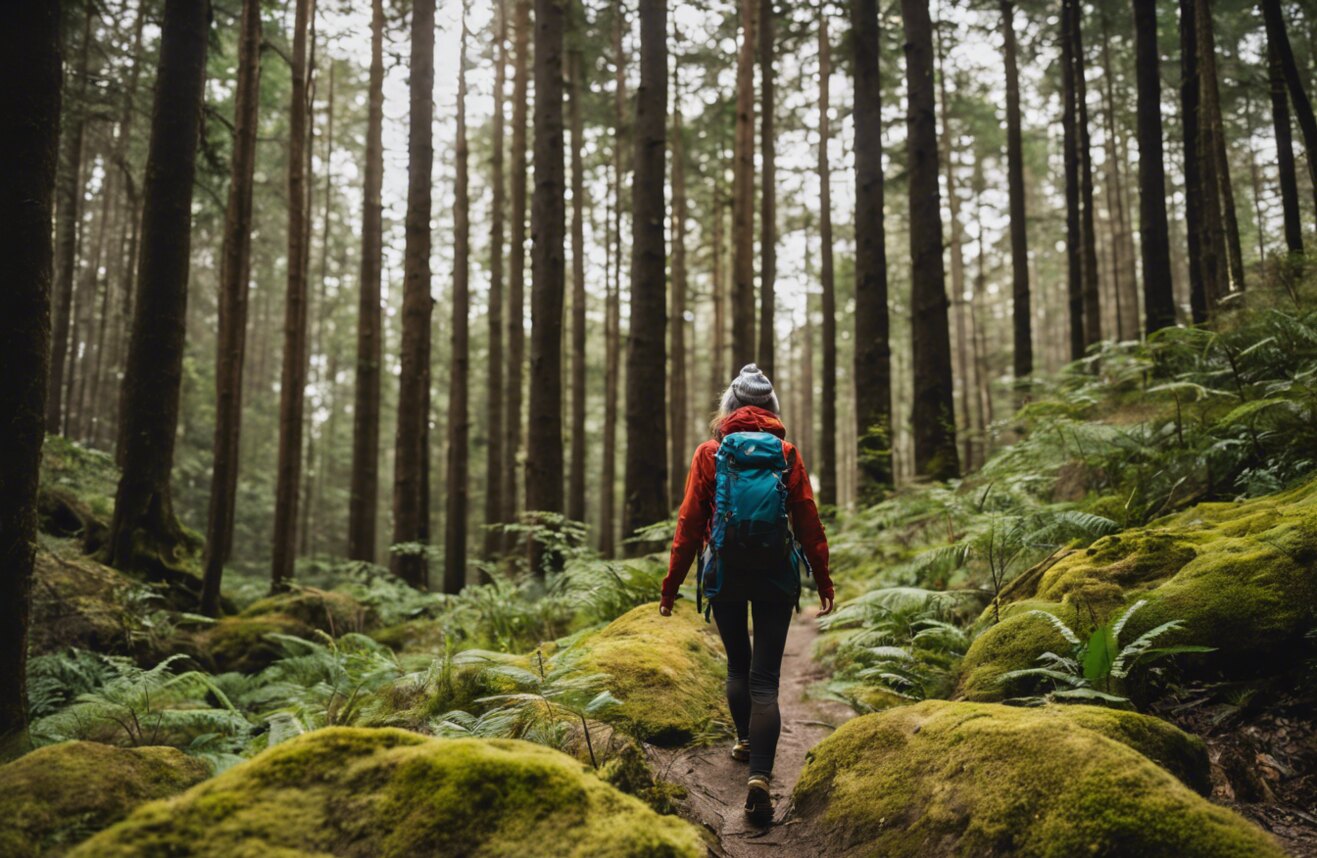
Salutations to all! I've not touched this blog in a very long time (though I once wrote on it frequently). I've been on a really crazy ride these past few years thanks to life!
What then have I been up to, you may be wondering? Well, guess what? I was hired for my ideal job in forestry. You did really hear right. I was still in school in 2018; I have since graduated and was fortunate to have spent the most of the pandemic surrounded by trees. In the meantime I fell in love, got married, and we are now the parents of a boisterous little girl who (give her time) loves nature almost as much as her parents.
That's a mouthful isn't it? You now understand my lack of writing time. And for those of you who still remember what my blog looked like years ago, please take this away: your girl is out here all day long, surrounded by tall trees, babbling brooks, and singing birds. And I must say, it is utter magic. That's all I've ever wanted. But you were aware of that.
It has changed my life to spend my days in the great outdoors. The sound of falling leaves and the aroma of pine needles in the air—being surrounded by Mother Nature herself is incredibly calming.
Let us now proceed with business. Though that is unquestionably a benefit, forestry is more than just running through forests and interacting with woodland animals. It involves some very intense labor as well. This area is always developing and exciting, from sustainable resource management to tree growth pattern research.
For those of you thinking about going into forestry, allow me to impart some information. Deep love of the natural world is essential to success in this field. But it takes more than just warm feelings for trees—you can hug them, but that's between you and the tree—you also need to be quite technically proficient. Consider data analysis software, mapping programs, and, if you're feeling daring, perhaps some heavy machinery operation!
If moving up the professional ladder is your thing, there are many of chances to advance in the forestry industry. After enough experience, you could advance into positions like conservation scientist or forest manager.
Folks, that's it! My little report straight from the great outside. Give forestry a try if you ever feel like you would like to work in an environment where you can be one with nature and actually improve the world. Who is to know. You could just discover that, among the trees, you are as blessed as I am.
All the best till then.
Sadie
P.S. I'll try to make the next post in less than a half-lifetime!
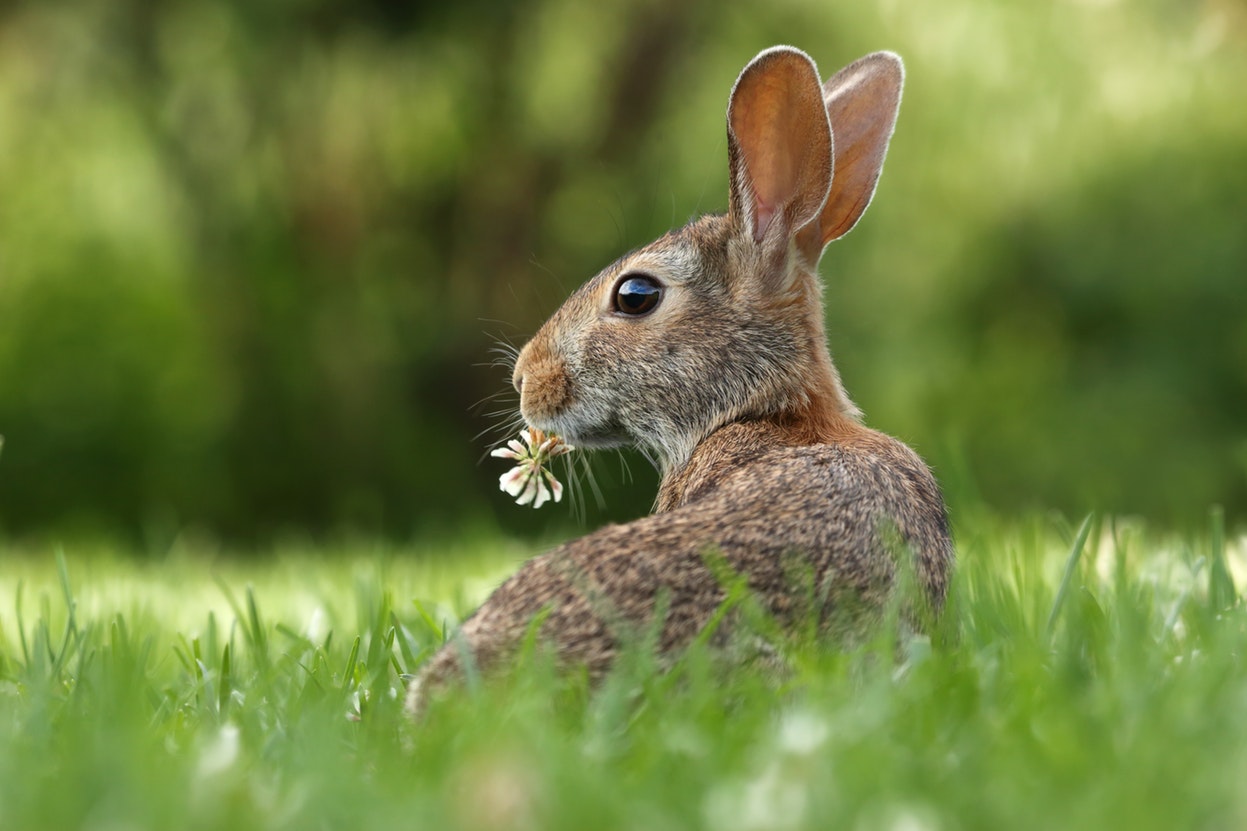
Living on Earth has some good episodes. For example they had a wonderful July 4 episode on Humba the mountain gorilla.
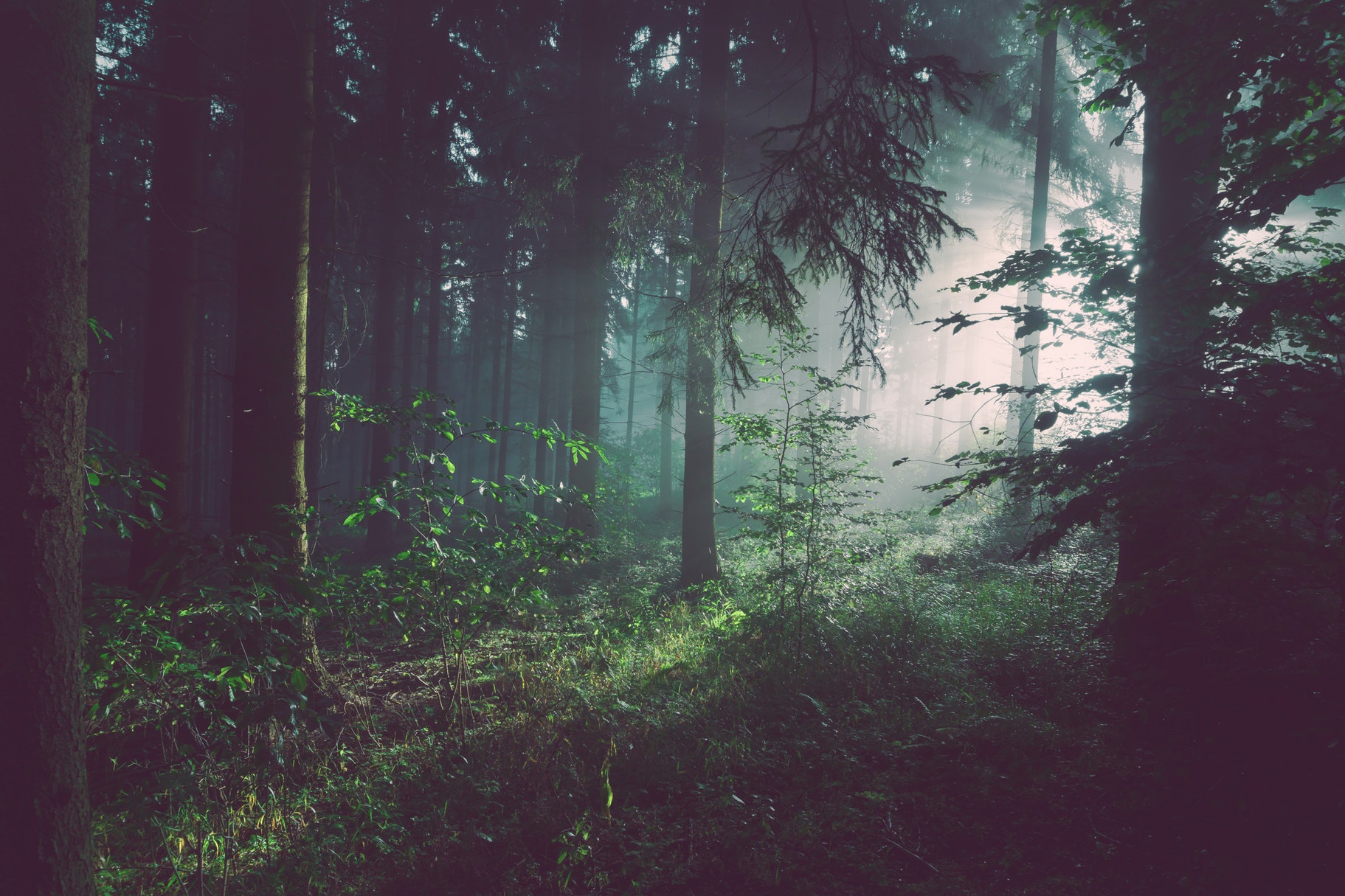
I am studying forestry. I have always had a great connection to nature and so it seemed like a perfect career move. And so that is where my path has lead, or is leading.
The Pathways Program
The forest service doesn't usually offer internships itself. The Pathways Program is a student hire program. In January February there will be student positions flown on usajobs, they're part of the pathways program. I would also check the student conservation association or SCA that's probably your best bet to get into the door.
Apparently there are many more job openings than there are internships, and different forests will hire people without too much experience.
Go to the SAF convention. They hire people for internships on the spot.
There will be tons of companies there hiring and some really great talks etc. Your school might even pay for it. I know UF paid for me to go.
I have heard that the university of Montana in Missoula has some amazing forestry programs. You are also surrounded by national forest so a great place to study as well. I talked to them before I found the right fit for myself, the seasonal positions are the way to go since any internships are rare, and thus very competitive.
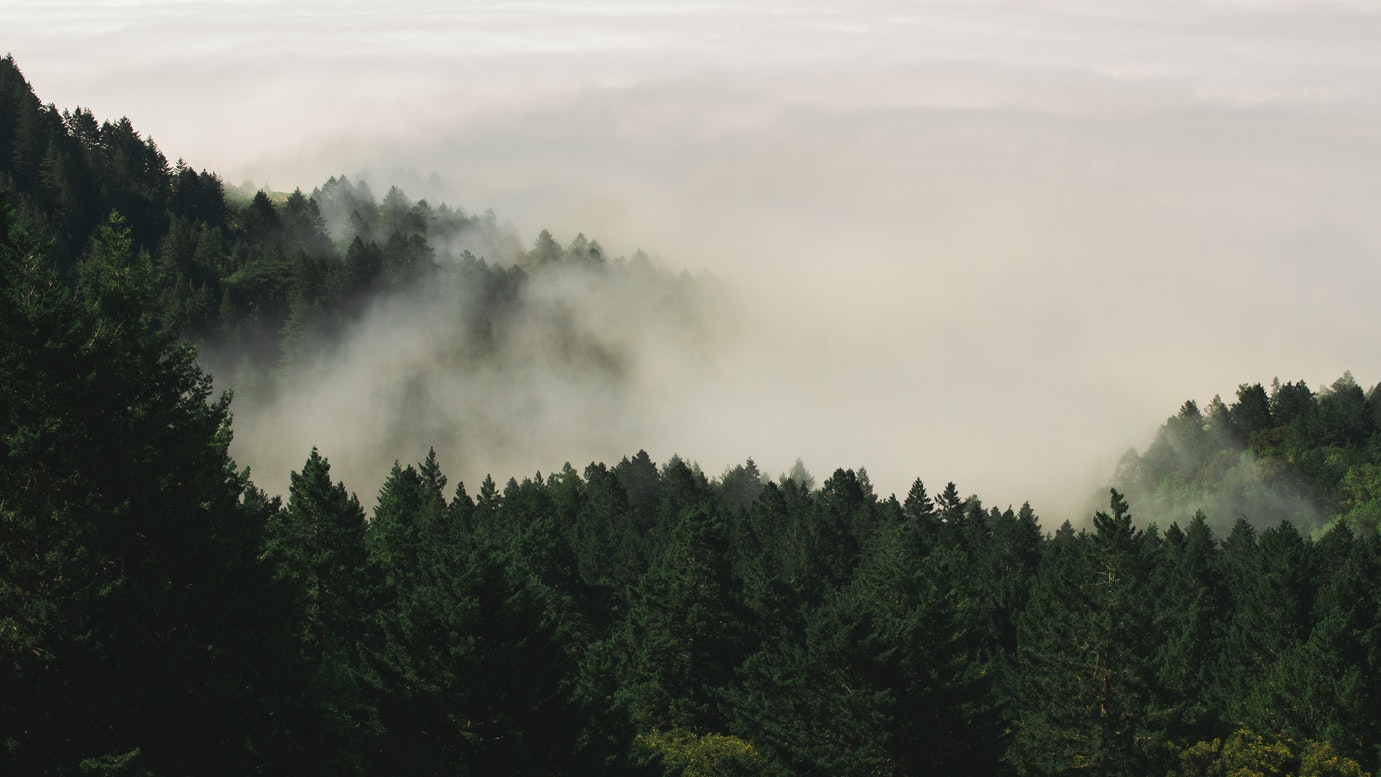
What To Expect
An entry level forestry position is often assisting a more experienced forester with their duties.
This can include being a chainman (also known as a compass man) while timber cruising, GPS'ing logging boundaries, and helping conduct various surveys. This work is often considered grunt work, and can be extremely physically demanding.
As you gain more experience, you'll start to decide what avenue of forestry you want to work in.
You can focus on the development side (pre-logging), silviculture (post-logging), or go a more research route.
Some jobs consist of all of the above.
As for a career; you can definitely make a living. If you are willing to educate yourself and take additional courses, this will make you more desirable and you'll inevitably be better compensated.
Moves are pretty common but usually only if you want to.
Some hires are put in temporary training locations based work load. They are then placed in a permanent location. Transferring is then up to the employee. Transfers are usually based on seniority. The DNR has hired a bunch of people the last few years. I've been in my original location for twenty years.
Working for the DNR is a great job when you are able to get it.
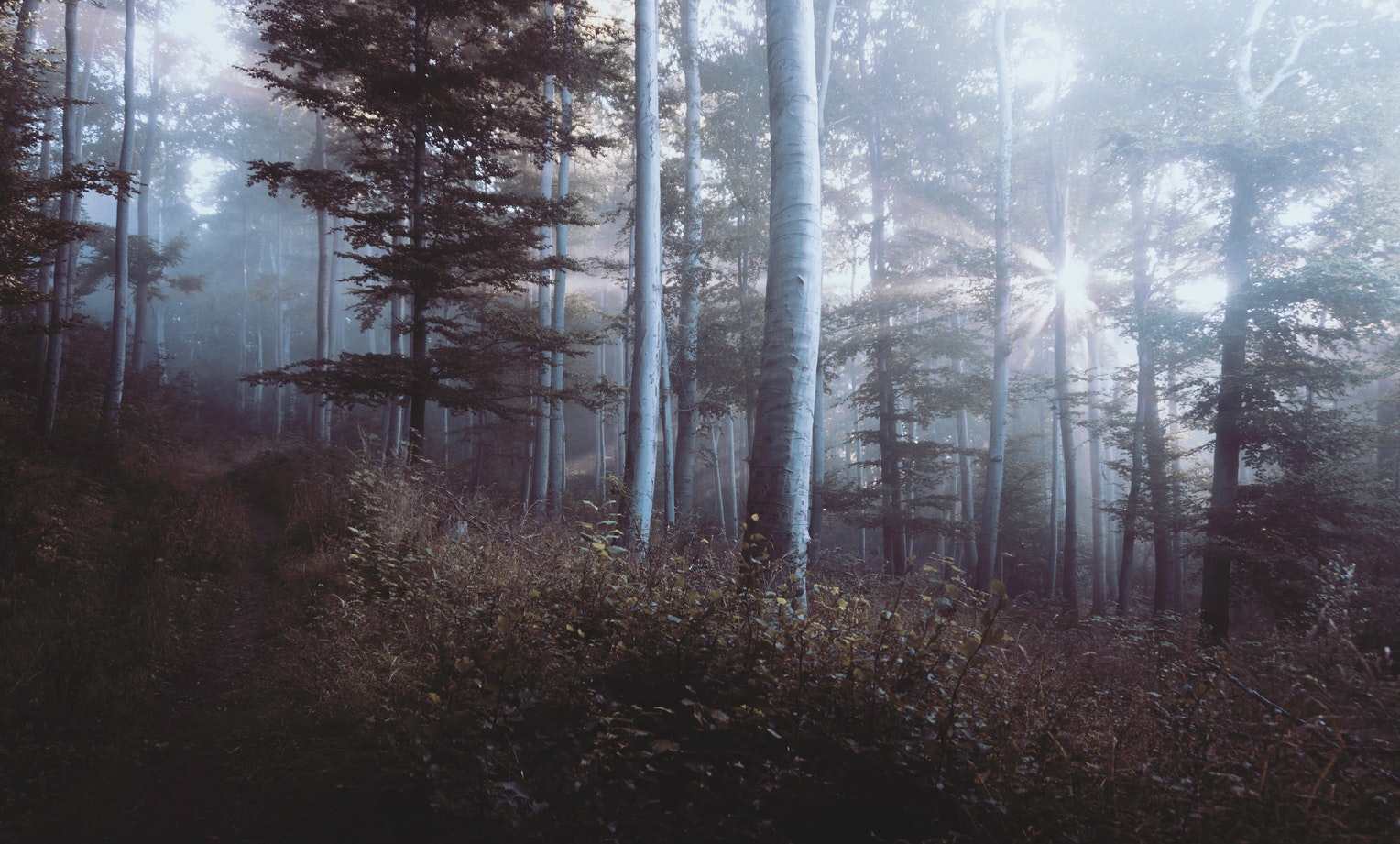
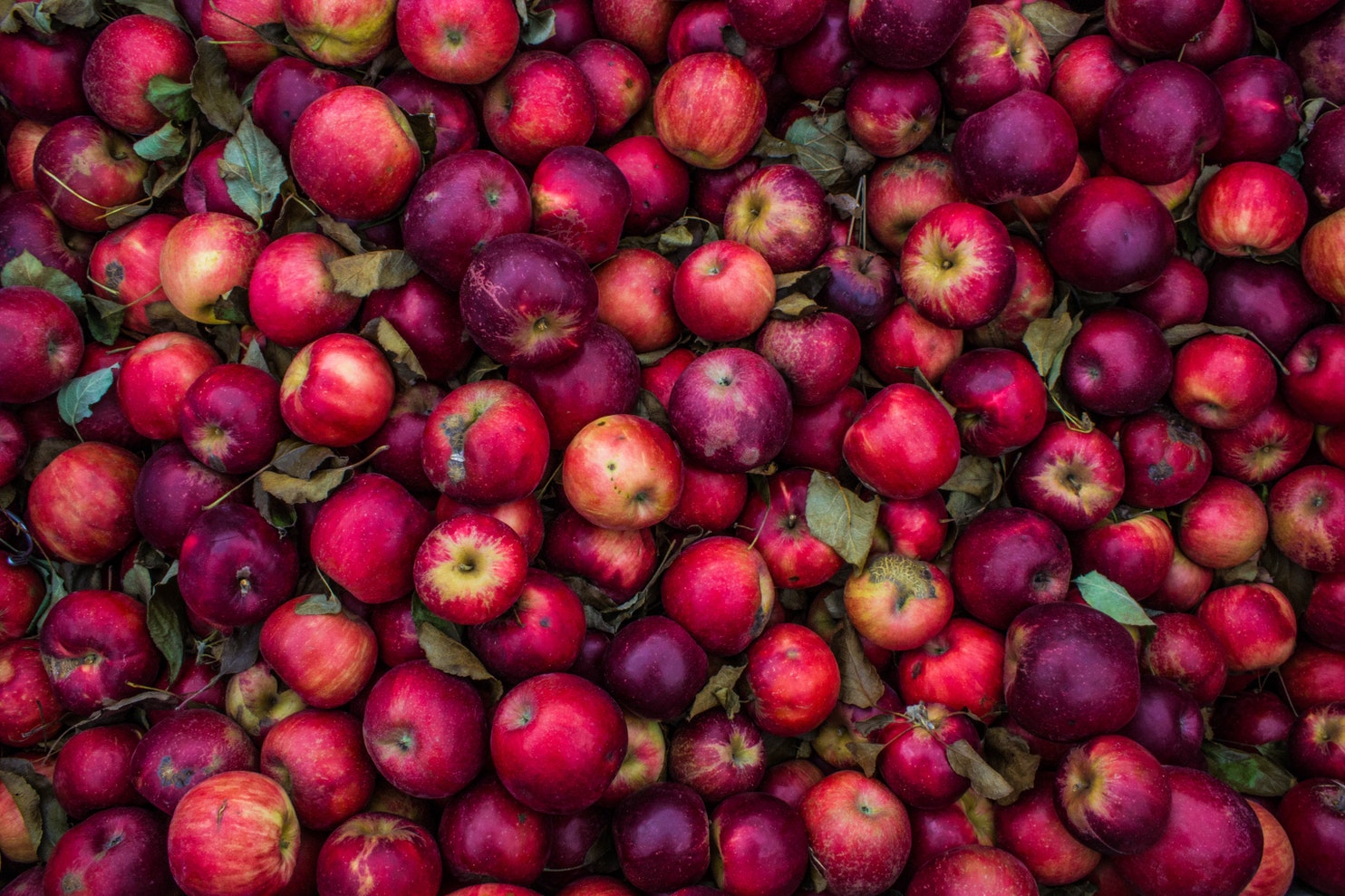
There isn't much on this planet that is as majestic as a tree. And yet, even though they are so old, strong and yet easily hurt.
A neighbor of ours cut their apple tree back drastically, essentially forcing their tree into biannual bearing which means that it will only bare fruit every second year.
Biannual Bearing
Biannual bearing basically this means you've cut out to much energy from the tree last year so it's had to use all remaining energy to grow more branches to then reproduce fruit next year. Here is a good explaination on a UK site but the information is the same as here in the states.
Recommendation
You can prune it lightly in the off year to give your canopy structure and appropriate fruiting zones.
This might bring it back into balance without having to do some annoying pruning.
But be patient; it won't cause it to be a biennial. It might push it to skip a year. Trees are strong and most apple trees will likely respond reasonably well given the chance.
Give it a season to potentially recover before you decide to tear it out like our neighbors did this summer. If you pruned to hard it can be difficult to change a biannual tree back to normal.
For Consideration
- How old is the tree?
- How heavily did it flower this year vs last year?
- If you've got no flowers that means no fruit.
Did you get an explosion of vegetative growth?
Have you had a look for fruit buds to count your fruiting potential?
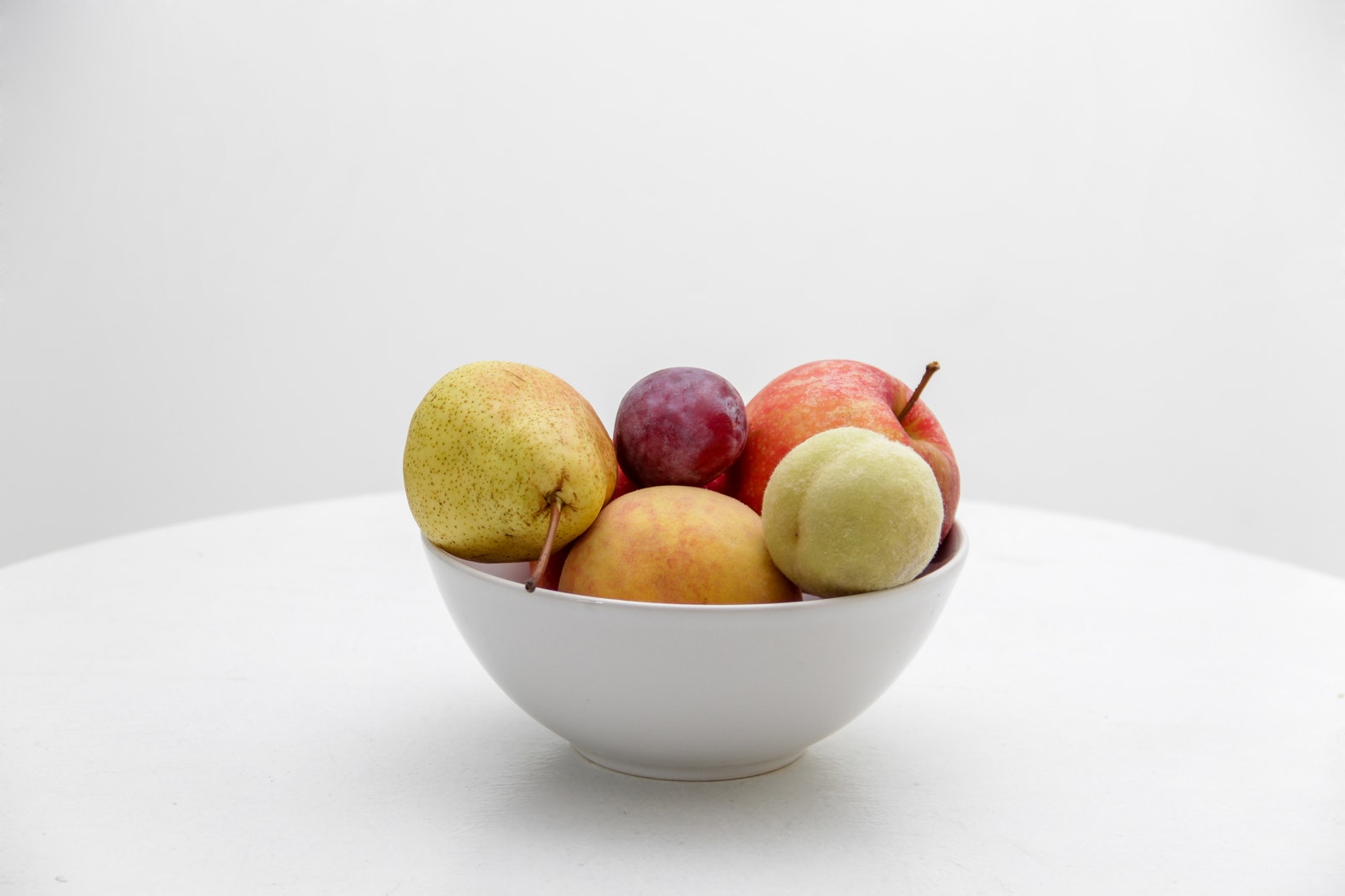
Pruning is a science al by itself, and while many people realize that, some just go about cutting things how they see fit. And unless they are trained, they will see their fruit disappear or their trees die.
The rule of thumb is generally wait until late winter.
If you really prune a fruit tree while it is in season you will regret it, unless your goal is to do it in. The reason is simple, all the sugars are high in the plant. By cutting the tree now you would essentially be getting rid of all of that food used during the winter. And with the sugar goes the well being of the plant.
By waiting until winter you will allow the sugar to flow back to the roots.
It will recover from pruning much better if you realize that in winter, the roots are growing underground like the top does in summer, because all that energy in those top leaves are what it eats all winter, and is what you are taking away so it will starve in the winter, and may even die.
If you haven't taken care of a tree before I would recommend contacting somebody with experince for the initial work, then you can educate yourself and keep up with it in the future.
The Rule of Thumb Suckers
If you want to start with light pruning you can remove the suckers along the trunk. They are generally removed because they provide little added value for energy collectiong while taking too many nutrients away from your fruit.
When you are pruning a fruit tree, keep your outside branches, think of pruning it into a bowl. By properly directing future growth with your cuts will influence the shape of the tree for years.
And if you mess things up you may actually never get the chance to see it recover.










